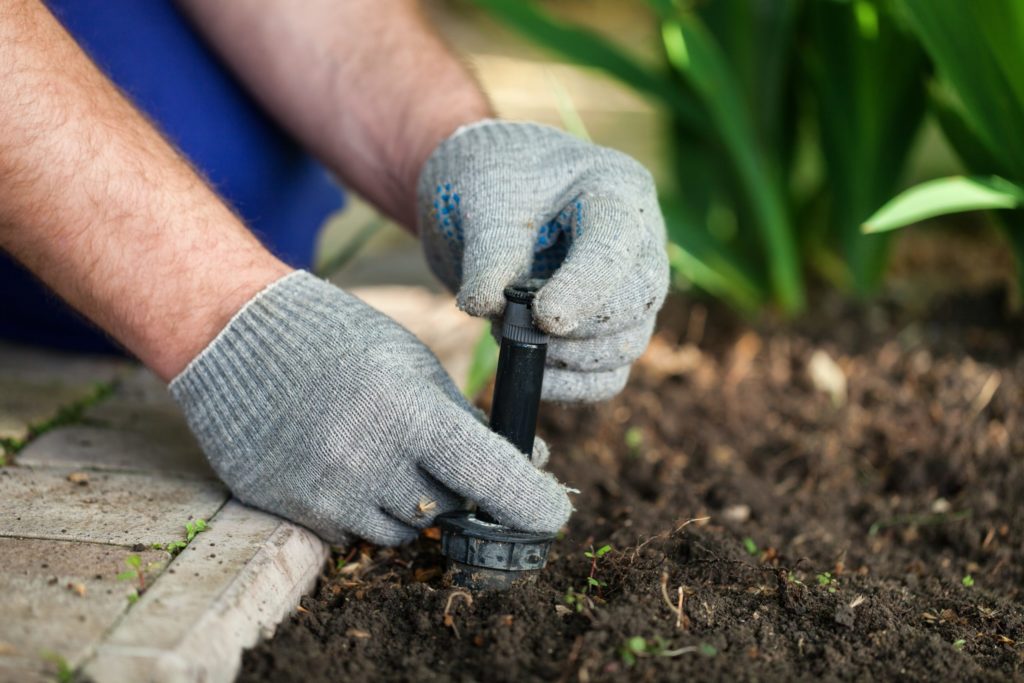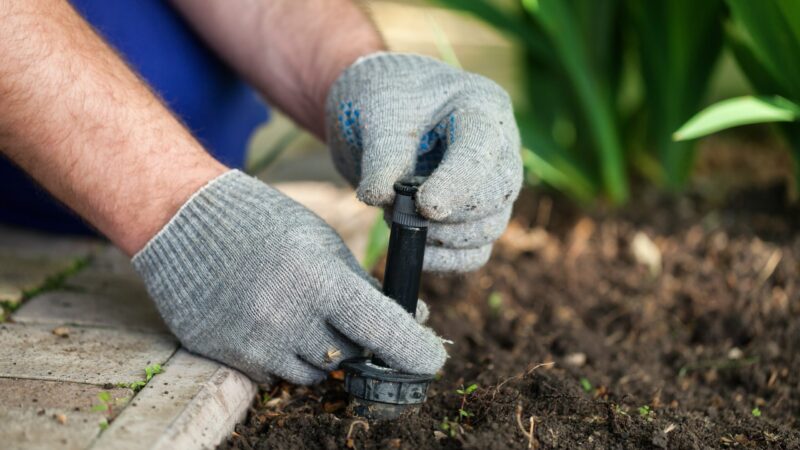Disclosure: This post may contain affiliate links, meaning we get a commission if you decide to make a purchase through our links, at no cost to you. Please read our disclosure for more info.
You probably got a lot of mileage out of your reliable sprinkler over the summer, but now is the time to think about shutting off the faucet. As grass growth slows and flower beds die, you might want to consider the best ways to winterize and protect your handy sprinkler system. Most of these tips you can do on your own, but you can hire a professional to service your Denver sprinkler – By Colorado Sprinkler Service – especially for some of the bigger and more complex tasks.
Here are four things you can do to ensure you can use your sprinkler at the first burst of spring with no issues.

In This Post:
1. Turn Off the Water
This first step probably comes as no surprise, but yes, remember to turn off the water to the outdoor spout at the main water valve. (2) You can usually find the shut-off valve near your water meter. Check to see if your water system has valves to prevent any backflow. If it does, turn that off too.
2. Turn Off the Timer
Think of all the days your automatic timer went off, letting you sleep while it triggered your sprinkler system to do all the work. Make sure you shut that off until spring or you can set it to “rain mode,” which powers down the timer while letting you keep all your settings in place, such as scheduled time-on- and time-off each day.
3. Drain Any Remaining Water
Although you’ve managed the bulk of the water flow by turning off the water, you still need to drain the system of any remaining water. While this seems like an afterthought, it is actually a bigger and more time-consuming job than most people realize until they are doing it. However, it is a vital task you won’t regret doing. There three ways you can drain your system:
- Manually release the water by opening the valves one at a time and letting the remaining water to flow out.
- Automatically drain the system with safe components
- Call on a professional to help drain your water source with an air compressor to do so completely and safely since it can be dangerous and destructive you are not familiar with the process. (3)
4. Insulate Any Components Exposed to the Elements
Take a look around to make sure your valves and backflow preventers, main valve, or any other parts are covered and protected from ice and snow.
By performing these steps, you can keep your sprinkler system in good shape and ready for the next spring season, filled with green grass and lush gardens.


